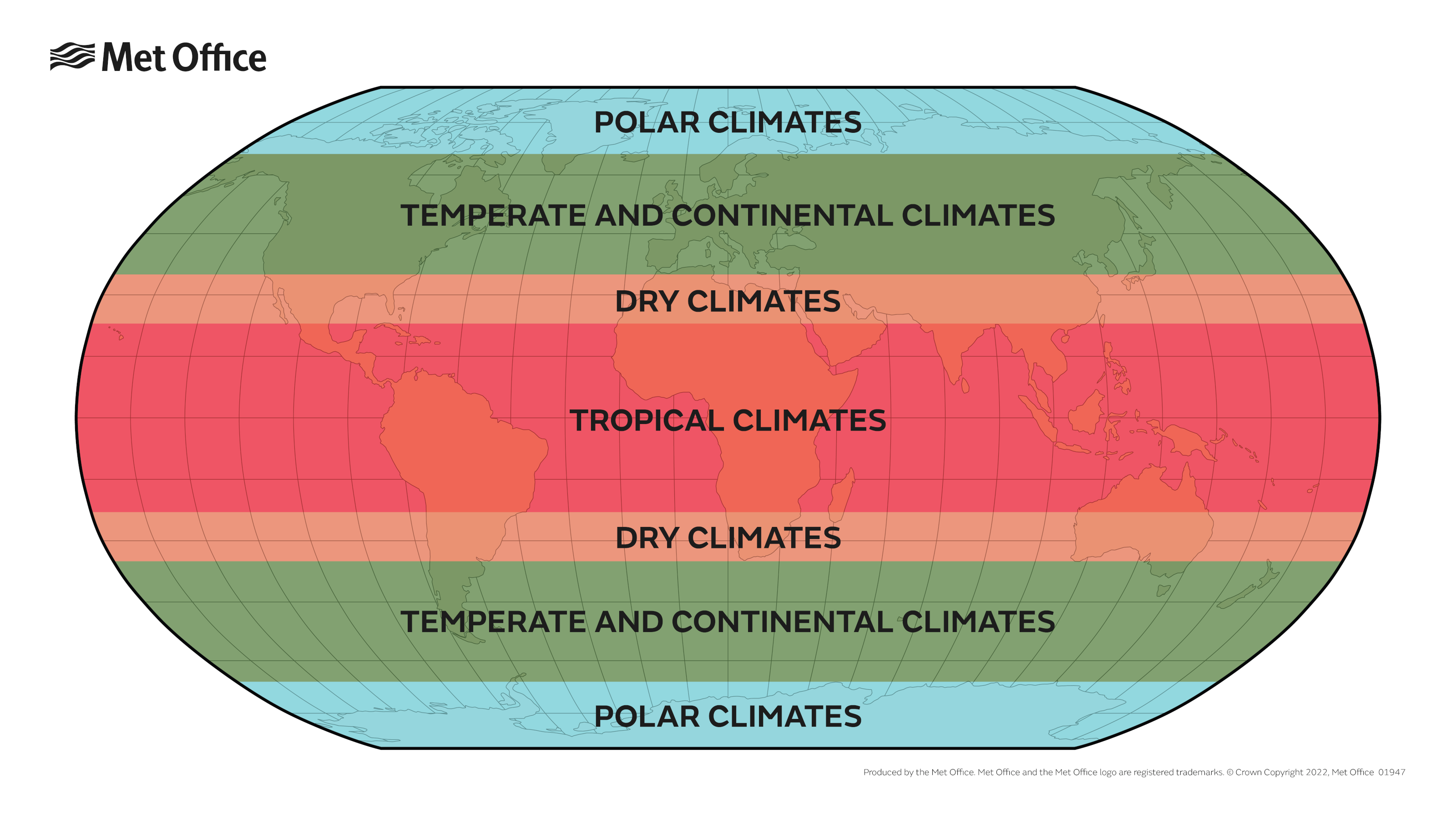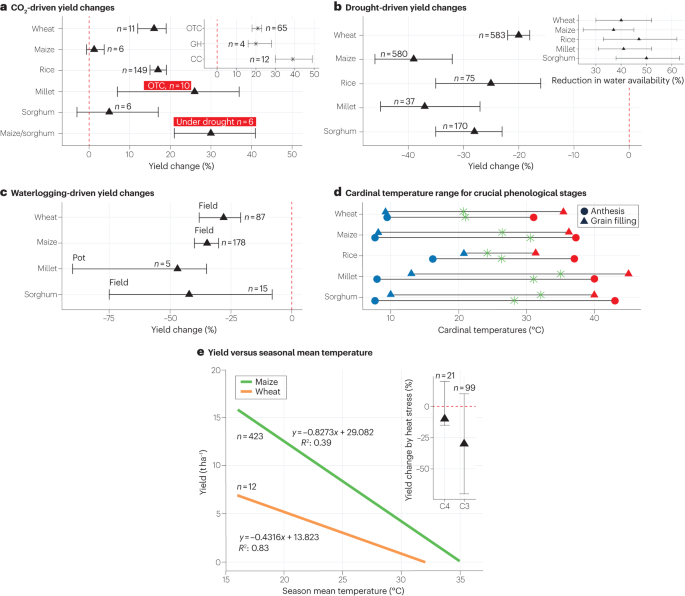
Introduction
Climate plays a fundamental role in determining global agricultural productivity. The variation in climate zones—characterized by differences in temperature, precipitation, and other climatic factors—affects the types of crops that can be grown and the methods of cultivation employed. This report explores how different climate zones influence agriculture, the adaptation strategies used by farmers, and the projected impacts of climate change on crop yields.
Influence of Climate Zones on Crop Growth

Temperature and Precipitation
Different crops have specific climate requirements for optimal growth. For example, tropical fruits such as pineapples, mangoes, and papayas thrive in warm, humid environments, predominantly found in tropical climate zones like Hawaii or other tropical regions[5]. Conversely, crops such as wheat and potatoes prefer cooler climates with distinct growing seasons, which are found in temperate zones[2][5].
Rainfall and Irrigation
Rainfall is a crucial factor influencing crop growth. In arid and semi-arid regions, where rainfall is insufficient, irrigation becomes indispensable to ensure reliable crop yields[3]. Crops like sorghum and millet, which are drought-resistant, may still face challenges due to unreliable rainfall patterns in these regions[3]. On the other hand, regions with excessive rainfall may face issues related to waterlogging, which can adversely affect crops not adapted to such conditions[3].
Climate-Induced Variability in Crop Yields
Impact of Climate Variability
Year-to-year variability in climate conditions, including temperature and precipitation, significantly impacts crop yields. Studies have shown that climate variability accounts for a substantial portion of yield variability in major crops. For instance, regions like the Midwestern U.S., which is a significant maize-producing area, exhibit high yield variability due to climate fluctuations[6]. Similarly, in regions like the North China Plains and Loess Plateau, both temperature and precipitation variability play critical roles in determining crop yields[6].
Regional Differences
The impact of climate zones on agriculture varies across regions. In India, wheat yield variability is influenced by temperature in the northwest but by precipitation in the central and southern regions due to differences in irrigation practices[6]. In Europe, temperature variability is a more critical factor for wheat yields, particularly in Eastern Europe due to its continental climate[6]. In contrast, in South Africa, maize yield variability is primarily driven by precipitation variability in the drier western parts and temperature variability in the wetter eastern parts[6].
Adaptation Strategies
Crop-Level Adaptations
Adaptation strategies at the crop level can mitigate some of the adverse effects of climate variability. These strategies include selecting crop varieties better suited to new climate conditions, implementing improved irrigation techniques, and employing pest and disease management practices[1][7]. For example, maize and millet benefit from elevated CO2 levels under drought conditions, while CO2 fertilization helps offset adverse effects in higher latitudes for crops like wheat and rice[1].
Technological and Farming Practices
Advances in agricultural technologies and practices also play a crucial role in adapting to climate zones. Techniques such as precision agriculture, smart irrigation systems, and the use of drought-resistant crop varieties can enhance productivity and reduce the vulnerability of crops to climatic changes[4]. In regions with high rainfall variability, integrated pest management and agroforestry systems can help maintain ecological balance and improve crop resilience[4].
Projected Impacts of Climate Change

Yield Reductions
Projections indicate that climate change will have significant impacts on crop yields, with potential decreases in staple crops like wheat, rice, and maize, particularly in tropical regions[7]. These yield reductions are expected to be more pronounced in the second half of the century, highlighting the need for effective adaptation strategies[7].
Increased Yield Variability
In addition to reductions in mean yields, climate change is likely to increase interannual yield variability. This increased variability poses a significant risk to food security as it can lead to food price spikes and affect the stability of national food supplies[6][7]. Regions that are major breadbaskets, such as the Midwestern U.S. and the Chinese Corn Belt, are particularly vulnerable to these fluctuations[6].
Regional Variability in Impact
While some regions may experience adverse effects from climate change, others may benefit from longer growing seasons and enhanced productivity due to warmer temperatures. For instance, higher latitudes may see positive effects from CO2 fertilization and suitable adaptation options[1]. However, lower latitudes, where C4 crops are predominant, are less likely to benefit from such changes[1].
Conclusion
Climate zones have a profound impact on global agriculture by determining the types of crops that can be grown and the farming practices employed. Variability in climate conditions significantly affects crop yields, necessitating adaptation strategies to mitigate adverse effects. As climate change continues to alter weather patterns, understanding the relationship between climate zones and agriculture becomes crucial for ensuring food security and sustainable agricultural practices worldwide. Future research and policy efforts should focus on regions most vulnerable to climate variability to develop targeted strategies for stabilizing crop production and safeguarding farmer livelihoods.
Get more accurate answers with Super Pandi, upload files, personalized discovery feed, save searches and contribute to the PandiPedia.
Let's look at alternatives:
- Modify the query.
- Start a new thread.
- Remove sources (if manually added).